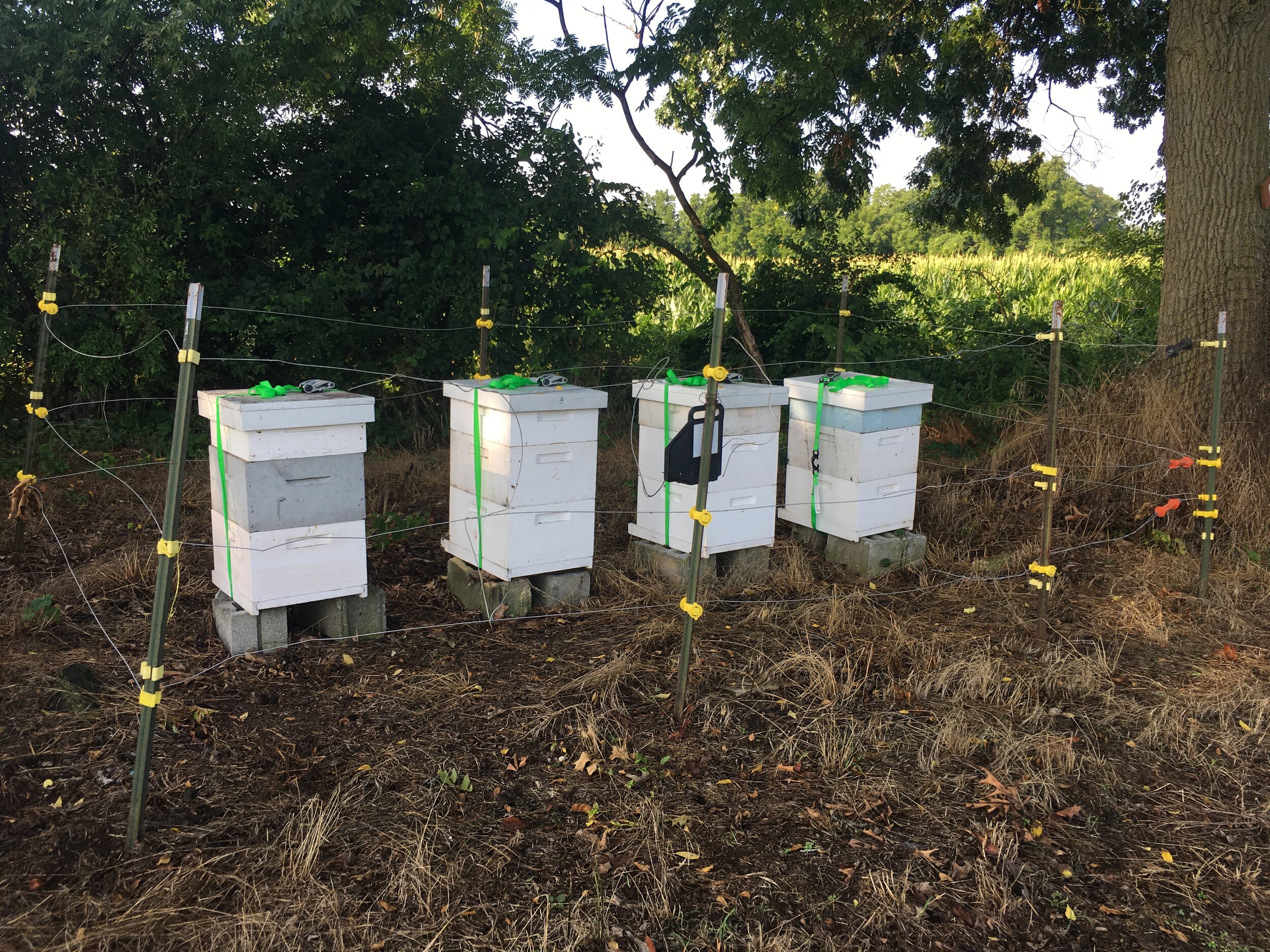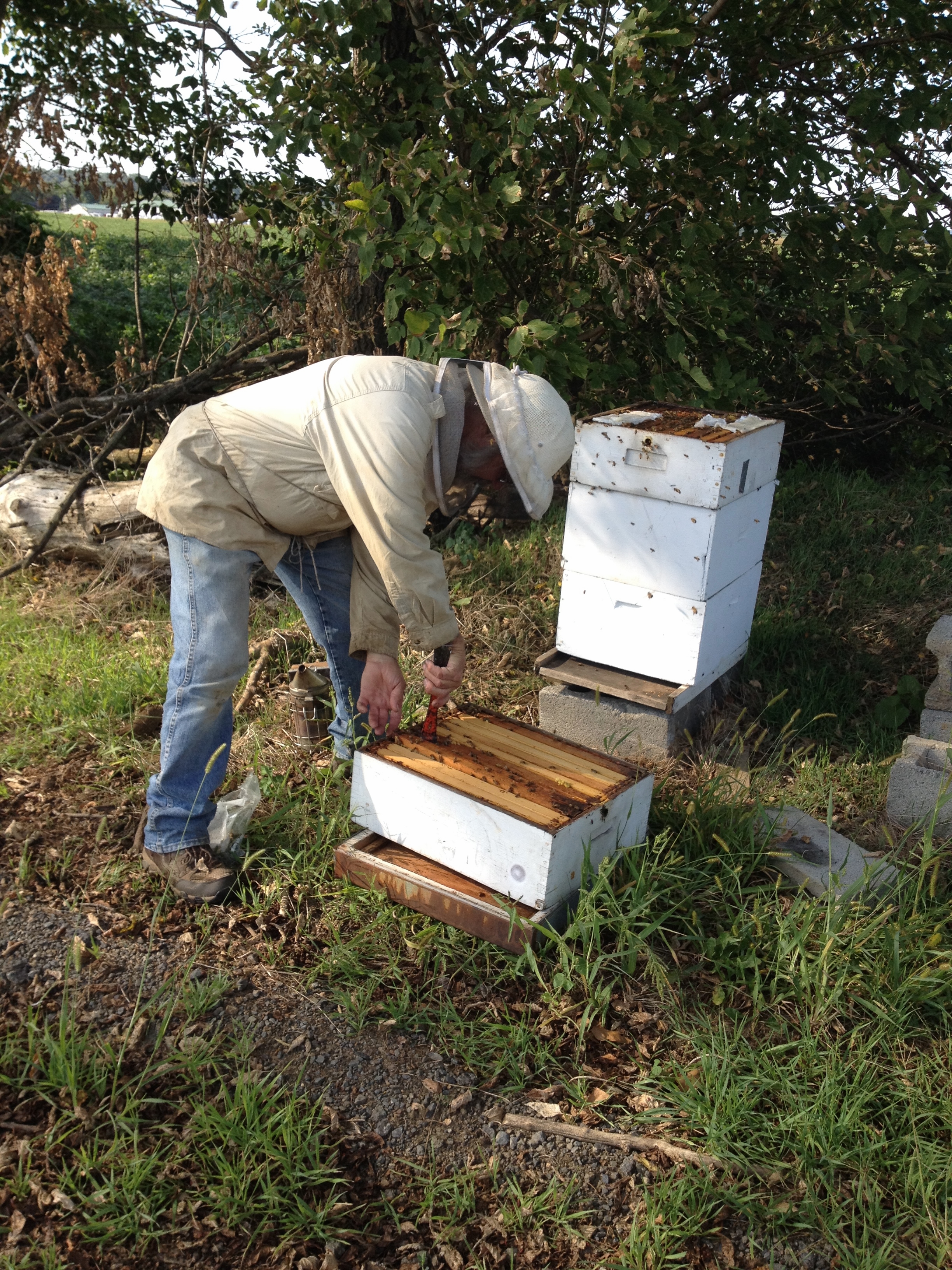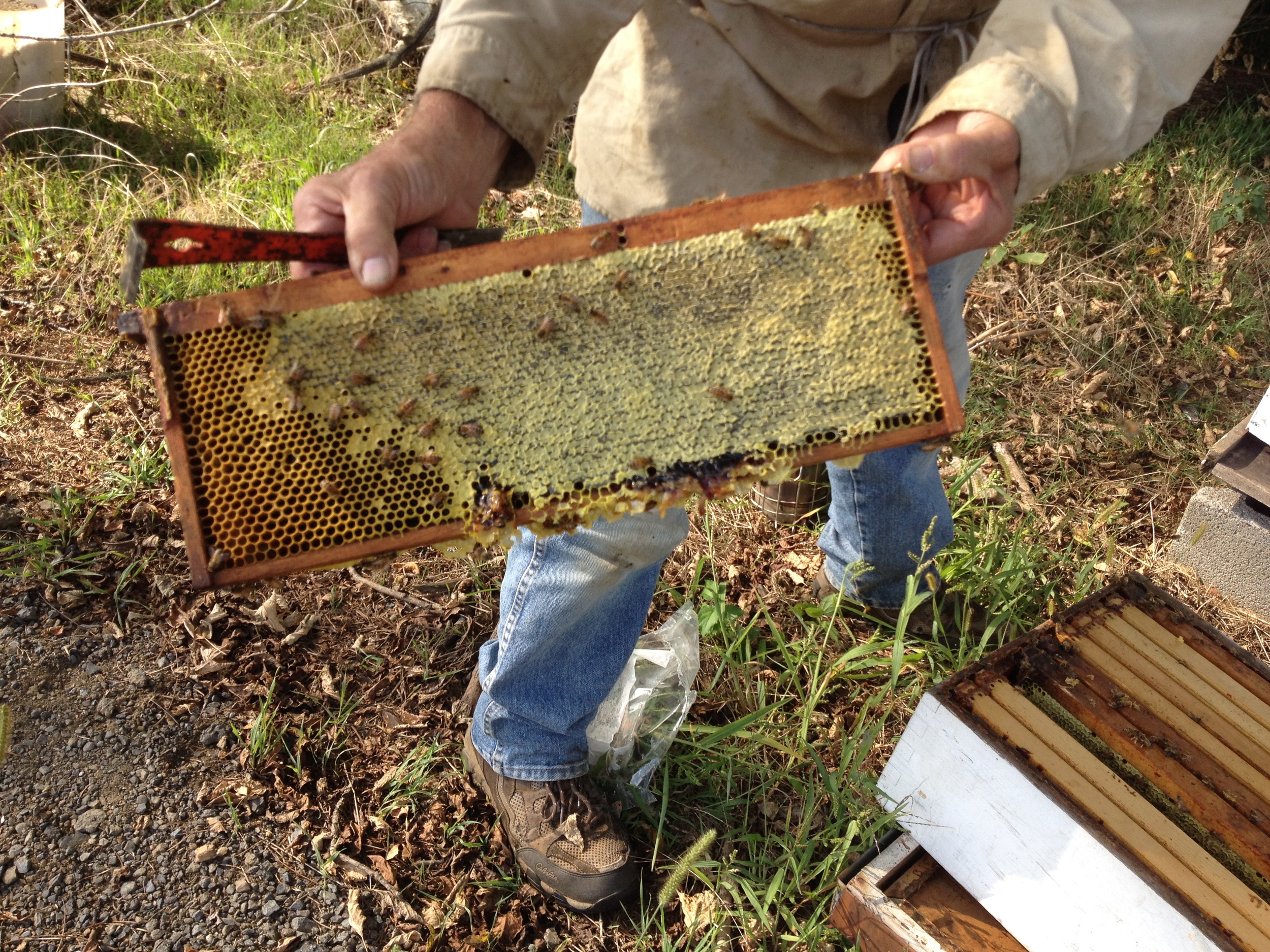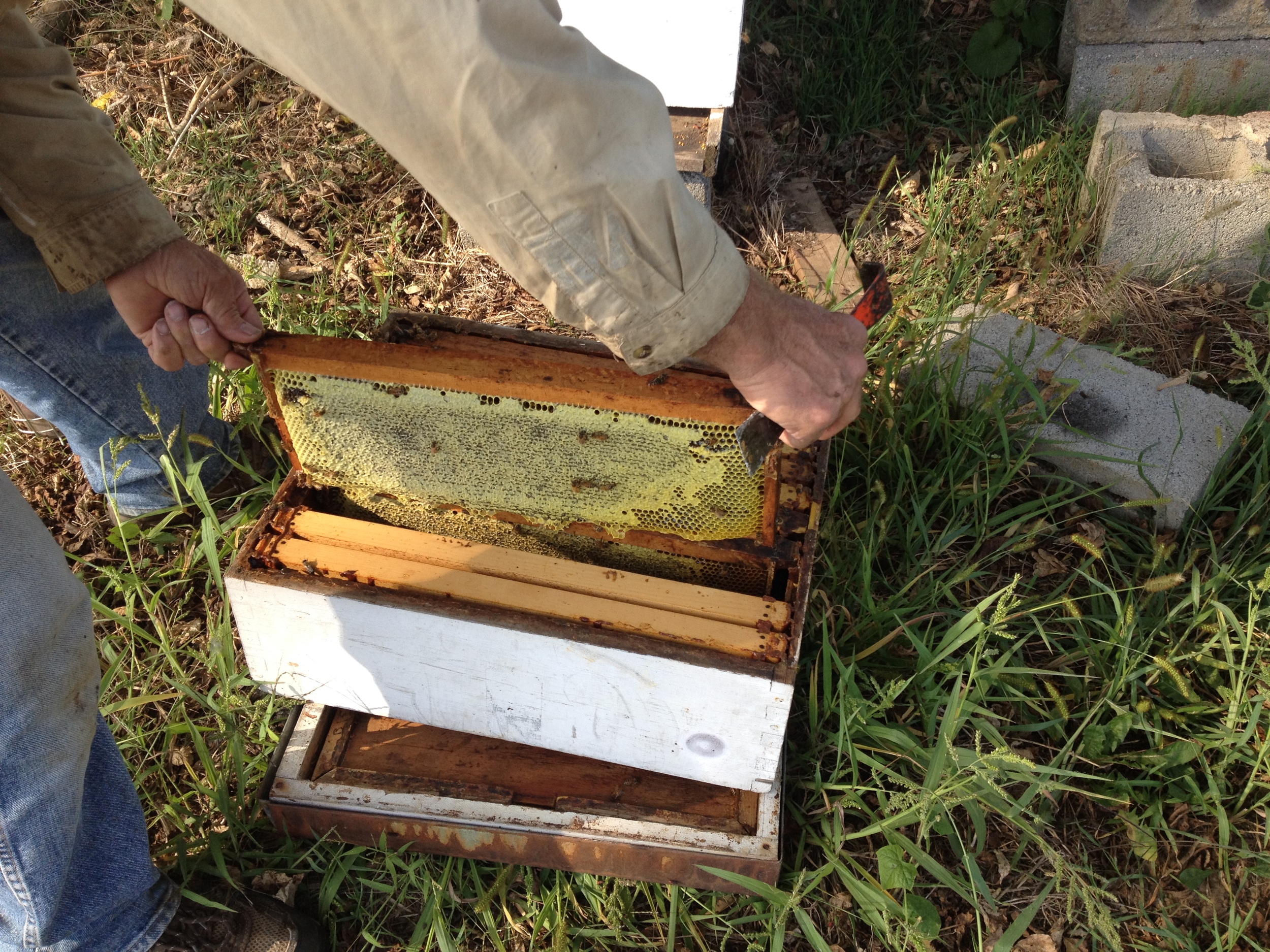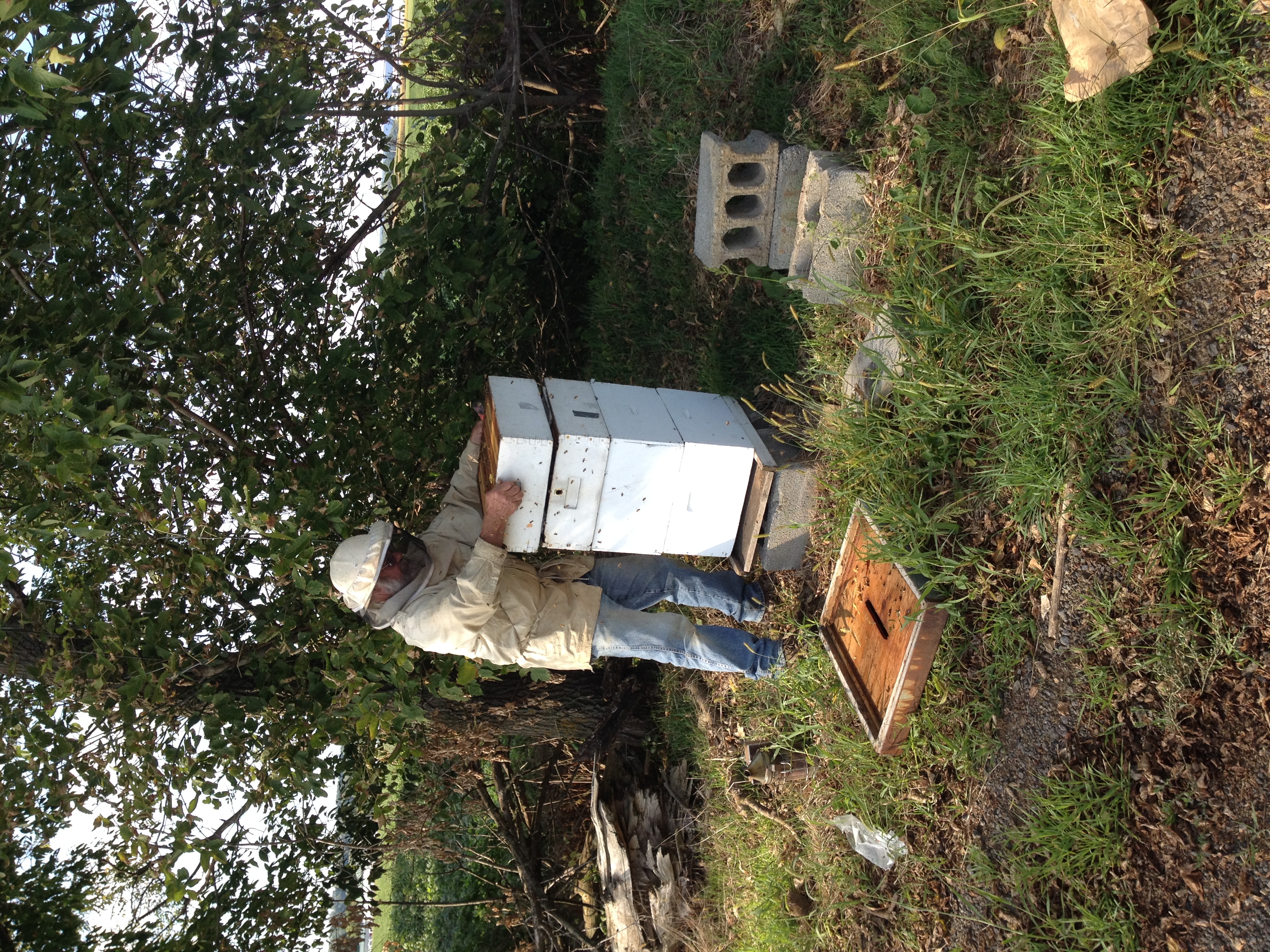We planted (3) pumpkin patches for our 2023 Fall Season. The main patch we will be using on weekends is an 23 acre field with a large variety of pumpkins, squash and gourds. We also have our school patch for all the children who visit the farm for an educational field trip and we can’t forget about the customers who want to avoid the crowds or just want to get out in the fresh air for a short weekday walk to the patch. Our weekday patch is only a short walk from the market. We give you a pull wagon to bring your harvest in from the field.
Pumpkins are always planted in June. Tiny tiny pumpkins begin to grow late July. The pumpkin plants can grow up to about 16" each day. Many of the pumpkin varieties that we grow are known as "powdery mildew resistant". This simply means that the use of fungicides is greatly reduced; therefore, being environmentally friendly. Did you know pumpkins cannot reproduce by themselves. Honey bees are needed to pollinate the flowers. The more visits a honey bee makes to a flower the more perfectly shaped the pumpkins. Interesting fact….isn't it! As pumpkins develop they are first green. They do not turn orange until they are ripe. Green pumpkins are great for pumpkin soup. If you have never tried pumpkin soup, come pick your green pumpkin off the vine and give it a try.
A Honey Bee Visiting The Pumpkin Flower
The Female Pumpkin Flower Has A Belly Below The Flower. This belly is the pumpkin beginning to form. The Male Flower Does Not Have A Belly. Only The Female Flower Produces A Pumpkin.
We have the bee hives enclosed in an electrical fence due to a hungry bear visiting a few years ago and enjoying some delicious honey.




